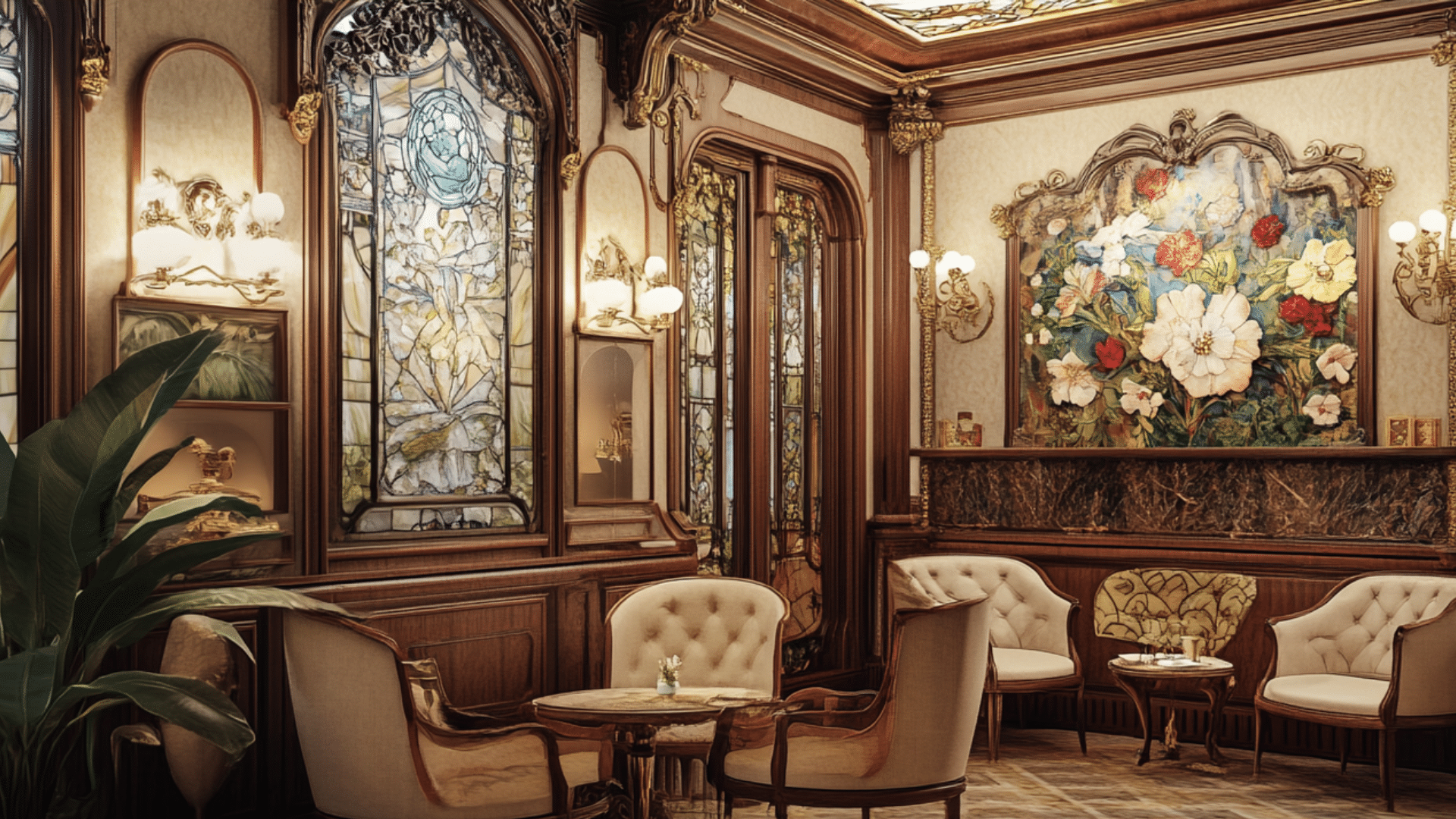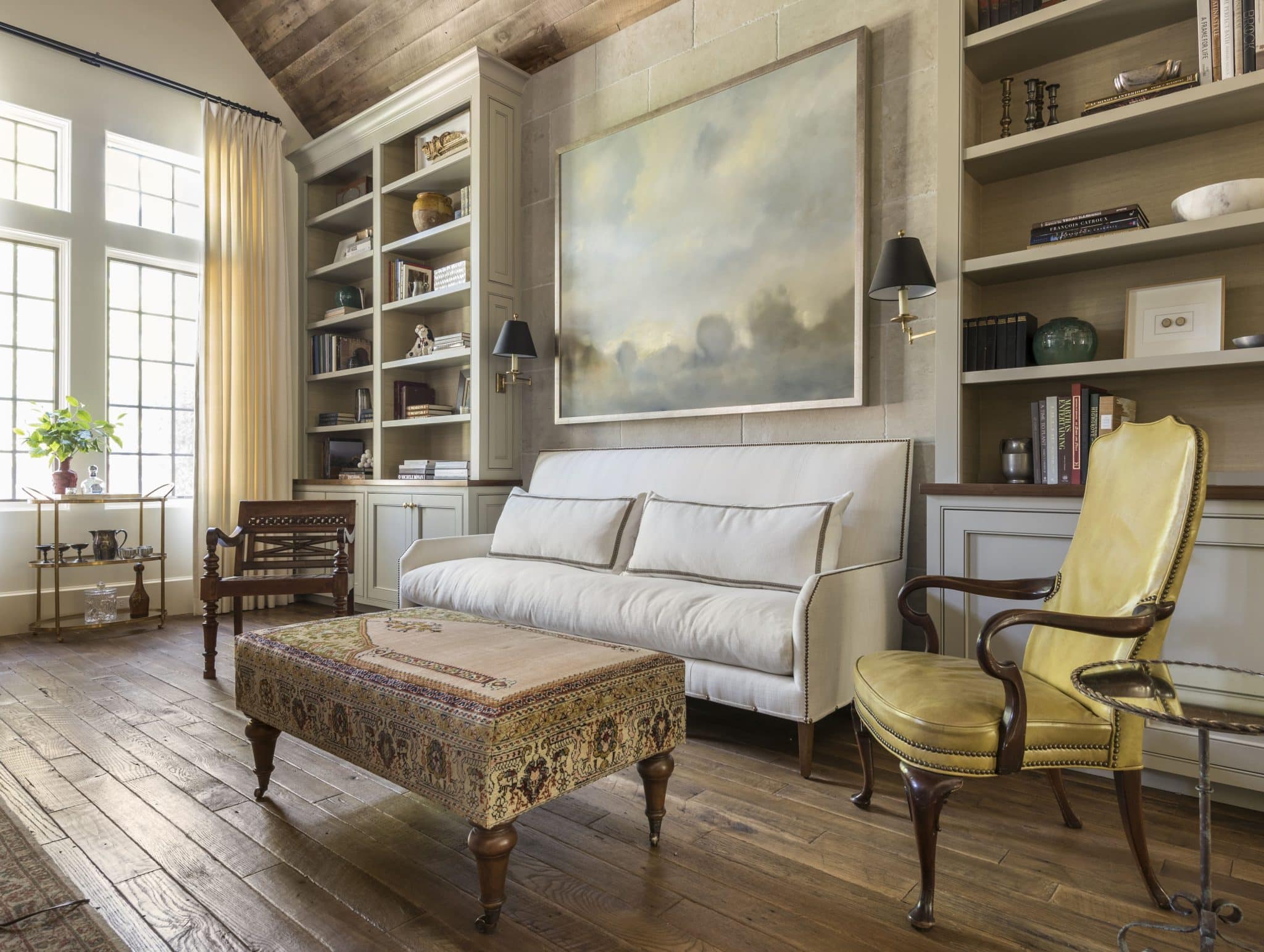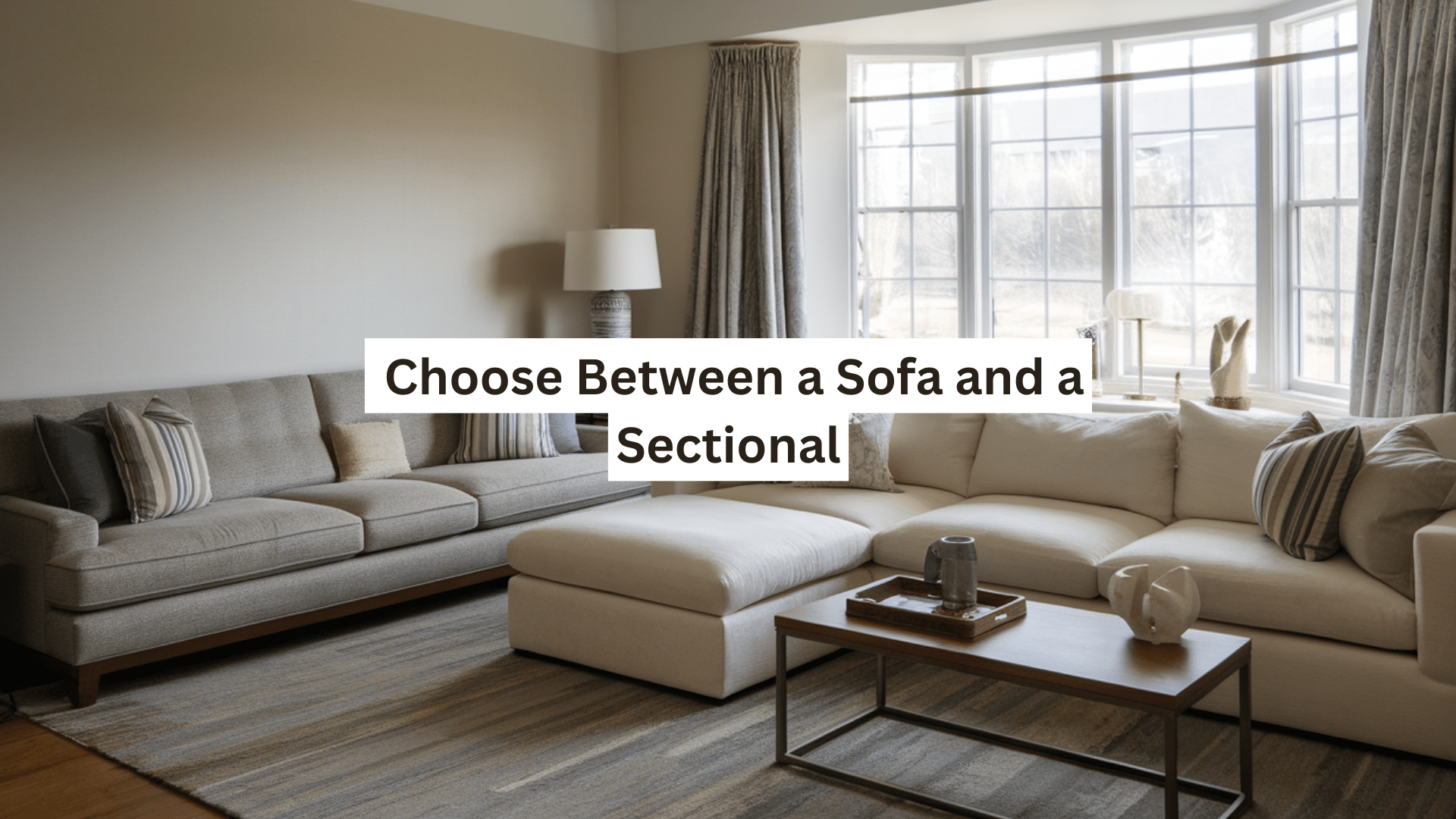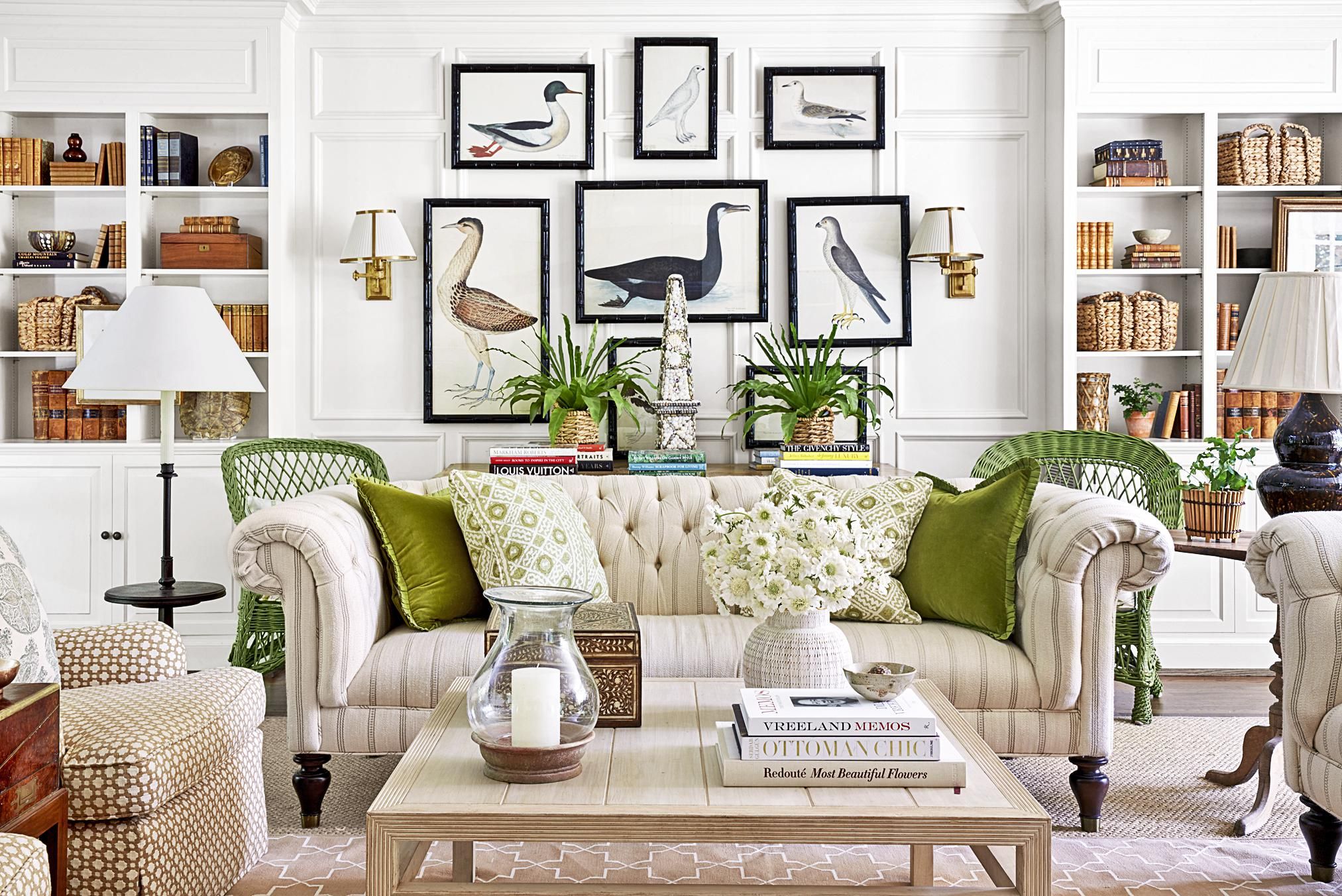Sizing Guide for Tablecloths and Table Runners
Picking the right size tablecloth or table runner can be tricky.
You’ve probably experienced the frustration of a too-short cloth or an overly long runner that gets in the way.
It’s like trying to find the perfect pair of jeans – not always easy, but essential for a polished look.
Don’t worry – we’ve got you covered.
This guide will help you find the ideal fit for your table, whether you’re dressing it up for a fancy dinner party or want to protect it from spills during family meals.
We’ll walk you through measuring your table, choosing the right drop length, and selecting the perfect size for different table shapes.
By the end, you’ll be a pro at picking tablecloths and runners that fit just right.
Determining the Right Sizes for Tablecloths
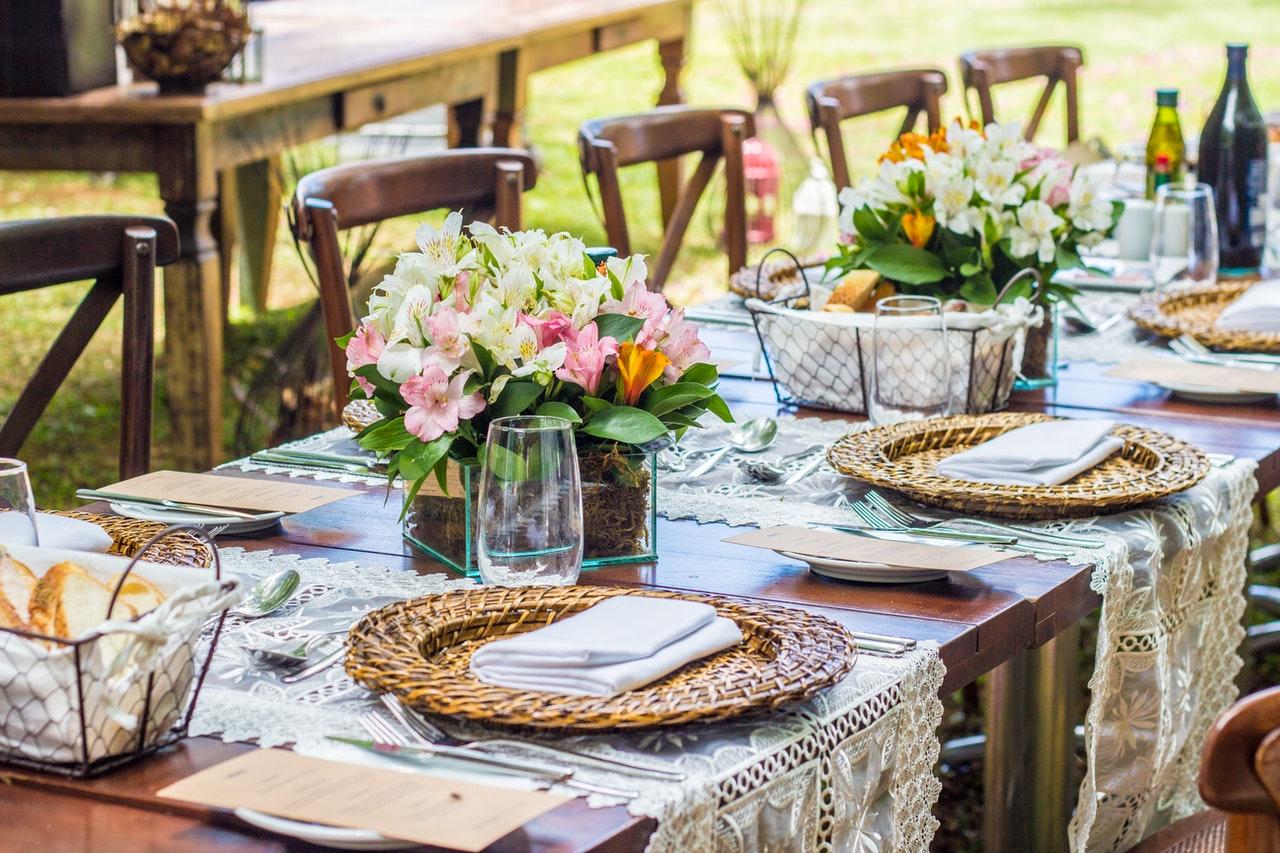
Let’s make sure your tablecloths and runners fit perfectly:
Overhang
- Casual look: Add 12-20 inches to each side of your table’s dimensions.
- Formal look: Aim for a 30-inch drop to reach the floor.
- Pro tip: Choose a drop length between 15 and 18 inches for a versatile option, suitable for most occasions.
Width
- It should be about one-third the width of your table.
- Length should extend 6-12 inches beyond the table’s edges.
- For a bolder look, try a wider runner (up to half the table’s width) with a shorter overhang.
Tablecloth: Step-by-Step Measuring Instructions
1. Rectangular Tables

- Measure the table’s length and width.
- Add your desired overhang to these measurements.
- Example: For a 60×36 inch table with a 15-inch drop, you’d need a 90×66 inch tablecloth.
2. Round Tables
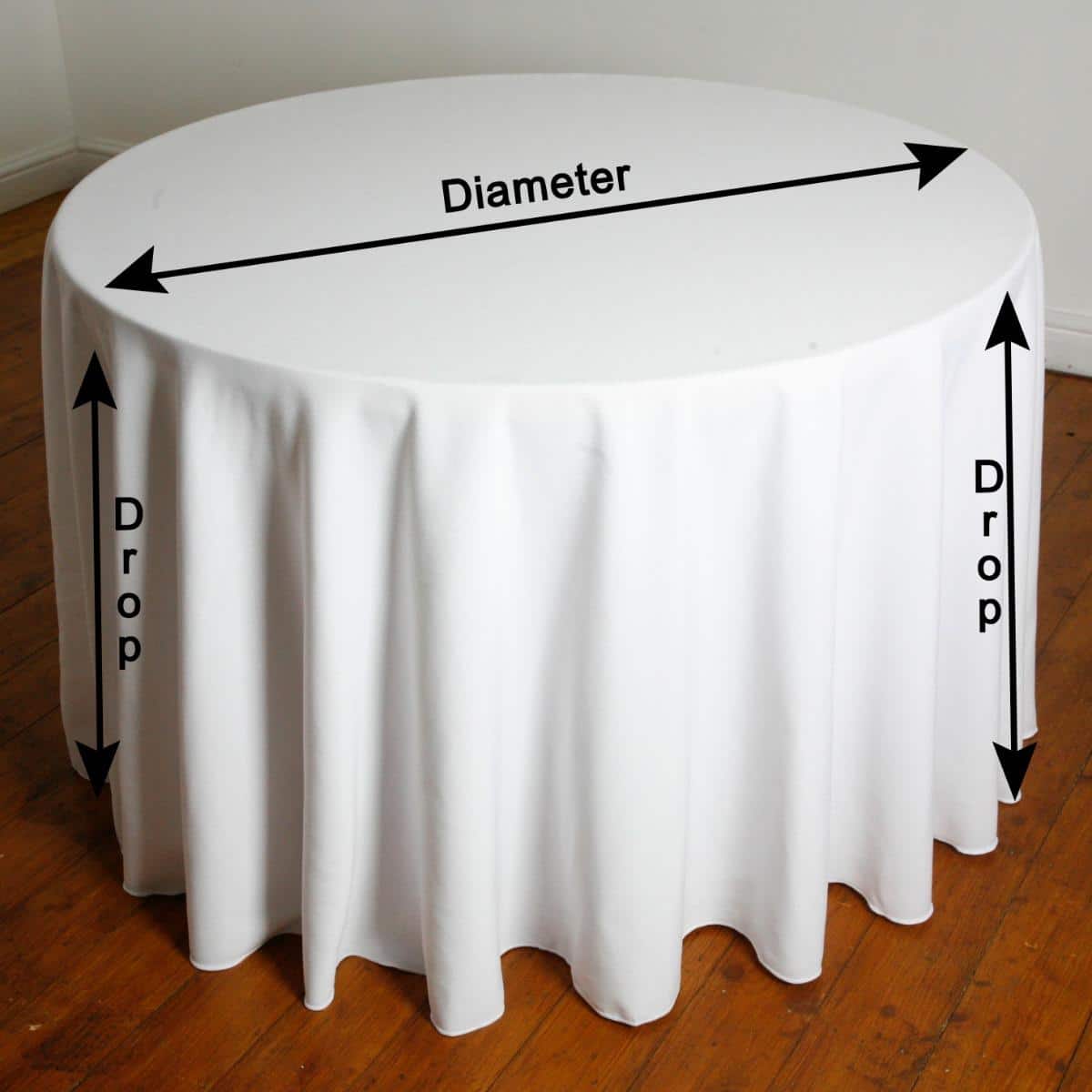
- Measure the diameter.
- For tablecloths, add 12 inches for casual or 30 inches for formal overhang.
- For runners, subtract 12 inches from the table’s diameter for an elegant look.
- Tip: To find the right size quickly, double your desired drop and add it to the table’s diameter.
3. Square Tables

- Measure one side of the table.
- Add the desired overhang to all sides.
- Consider using a round tablecloth on a square table for a unique look – just ensure the diameter is large enough to cover the corners.
Additional Considerations while Measuring Tablecloth
- Remember to account for table extensions when measuring. Measure the table at its fullest size to ensure proper coverage.
- Consider the event’s formality when deciding on overhang length. Longer drops create a more elegant atmosphere.
- For runners, choose between a single center runner or an X pattern for round and square tables. The X pattern works especially well for holiday settings or formal dinners.
- Ensure the tablecloth doesn’t hang so low that it interferes with seating comfort.
- For outdoor use, consider slightly shorter drops to prevent wind from catching the cloth.
By following these guidelines, you’ll be well on your way to perfectly dressed tables for any occasion.
Remember, these are guidelines, not strict rules – feel free to adjust based on your personal style and the specific needs of your space.
Practical Sizing Guidelines
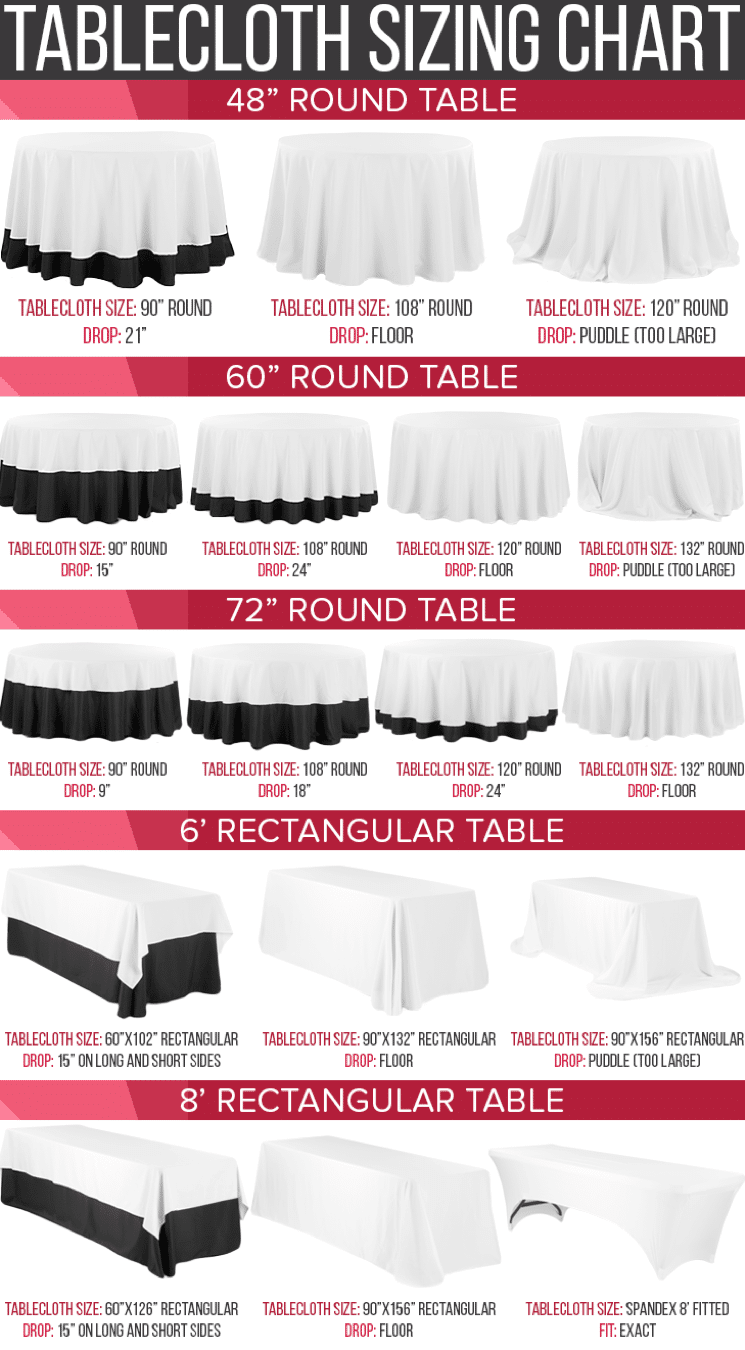
Let’s explore some clever tips and tricks for sizing your table linens.
Creative Approaches for Different Table Types
1. Buffet Tables
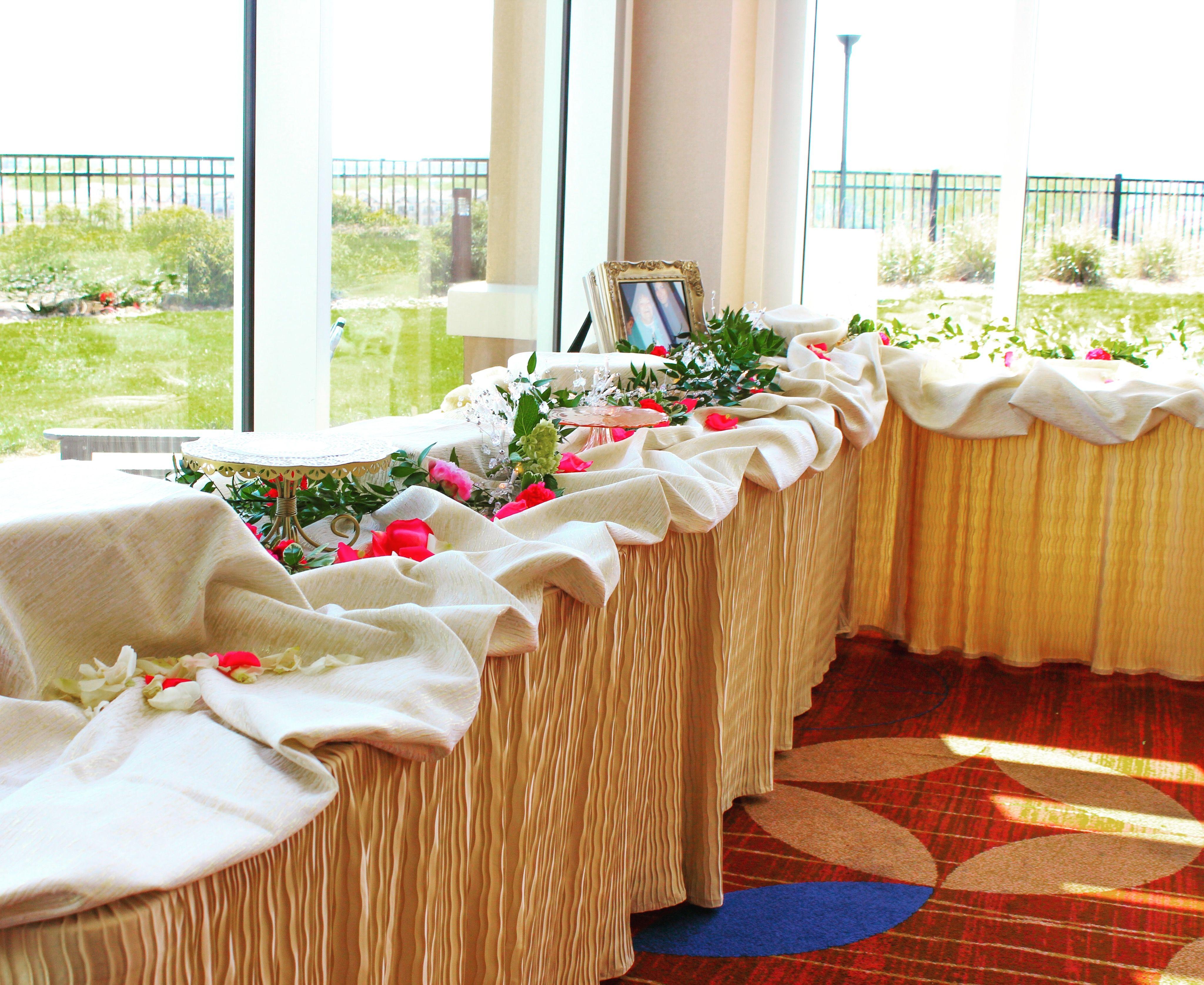
- Use longer drops on the front and sides (about 15 inches)
- Keep the back shorter (6-8 inches) for easy access
2. Outdoor Tables

- Choose slightly shorter drops (8-10 inches) to prevent wind issues
- Consider weighted tablecloths or clips for windy days
- Layer a smaller square cloth diagonally over a larger round one for visual interest
- Use multiple runners of different lengths for a modern, asymmetrical look
Sizing for Special Occasions
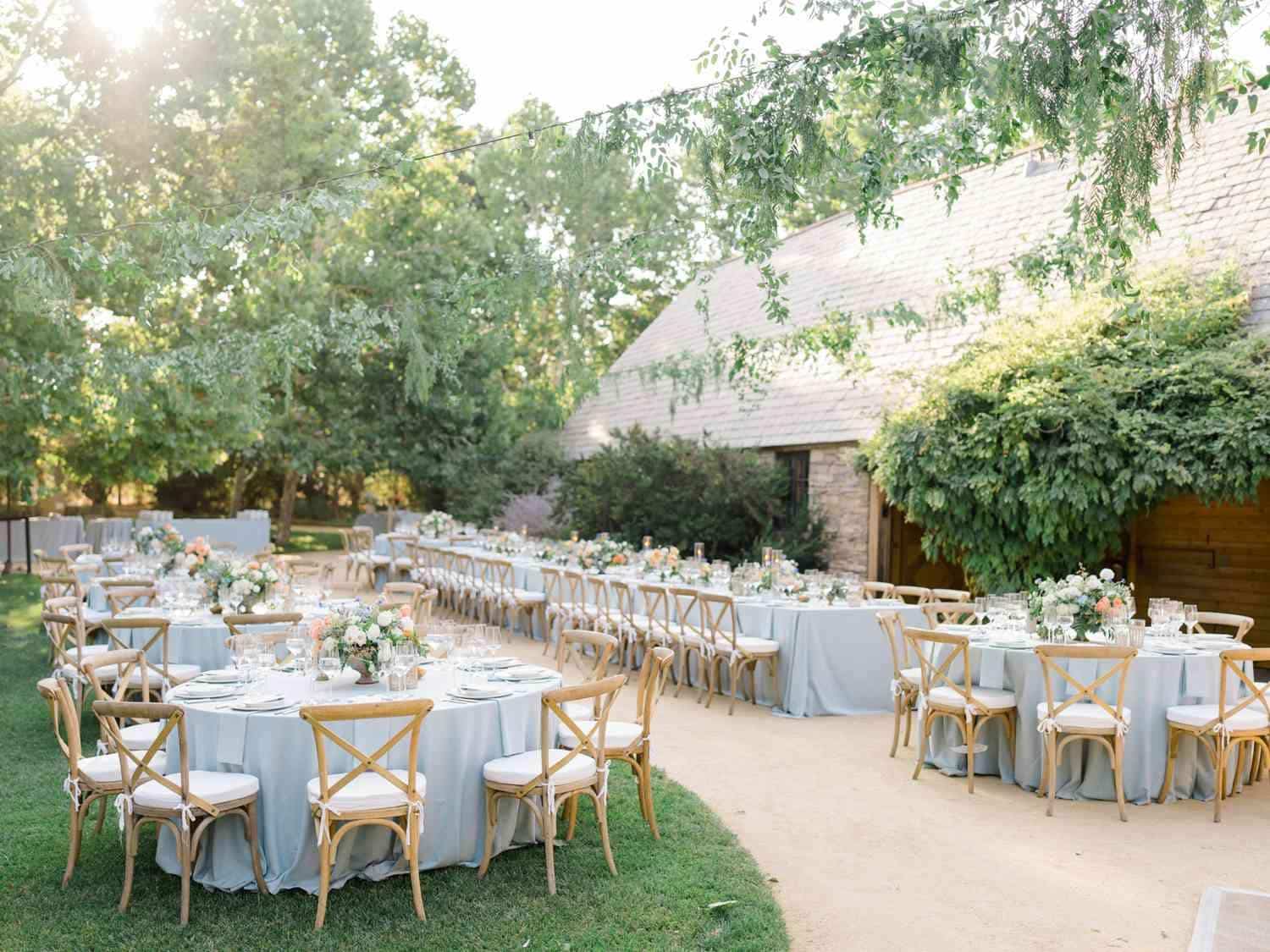
Wedding Tables
- For guest book or gift tables, use floor-length cloths for an extravagant appearance
- On sweetheart tables, opt for extra-long runners that cascade dramatically off the edges
Adjusting for Seating Arrangements
- For banquet-style seating, ensure the tablecloth doesn’t hang too low where chairs will be pushed in
- For standing cocktail tables, use longer cloths to hide table legs completely
Practical Tips for Tricky Situations
- For uneven surfaces, measure the shortest and longest sides, then choose a size that works for both
- For tables with central poles (like some patio tables), consider cloths with umbrella holes or use multiple smaller cloths
By considering these practical scenarios, you can choose tablecloth and runner sizes that fit well and enhance your specific setting and occasion.
Advanced Tips and Additional Considerations
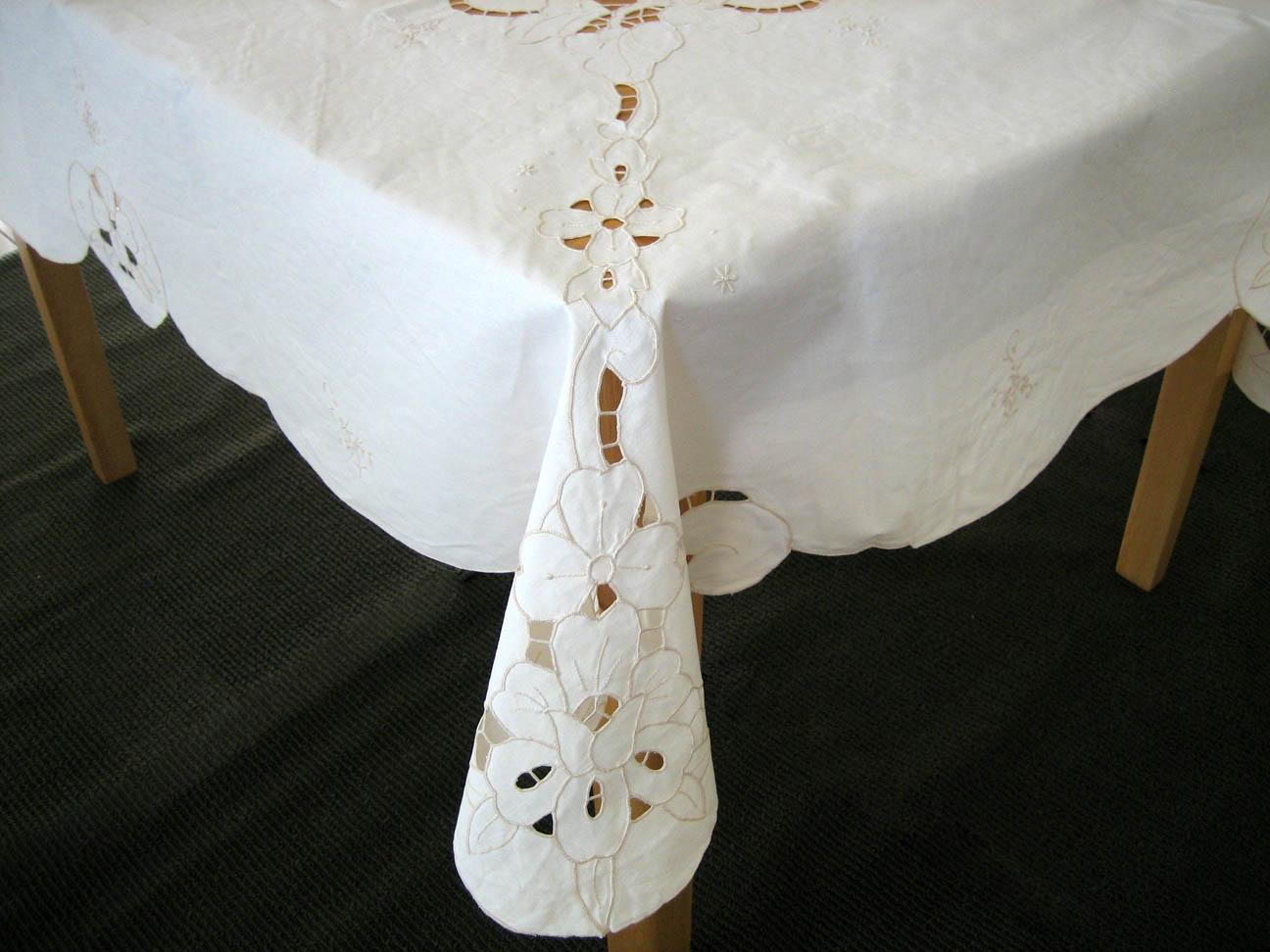
Let’s jump into some expert-level advice for handling tricky table situations and keeping your linens looking their best.
Handling Irregular Table Shapes
Got a uniquely shaped table? Don’t sweat it.
Custom sizing is your friend here. For oval tables, measure the longest and widest points.
With hexagonal or asymmetrical tables, measure each side and the longest diagonal.
This ensures your tablecloth fits like a glove, with even overhang all around.
Layering Techniques for Tablecloths and Runners
Layering can add depth and style to your table setting.
Try a floor-length tablecloth topped with a shorter overlay for formal events.
For runners, use contrasting colors or textures.
Just remember: each layer should be 6-8 inches smaller than the one beneath for a polished look.
Special Considerations for Different Events and Settings
1. Outdoor vs. Indoor Use
Outdoor events need special attention.
Opt for slightly shorter drops (about 6-8 inches) to prevent wind from turning your tablecloth into a sail.
For uneven surfaces, measure the shortest and tallest points of your table to find a happy medium for your drop length.
2. Choosing the Right Drop Length
Your drop length can make or break your table’s look. Here’s a quick guide:
- Casual dining: 6-8 inch drop
- Semi-formal: 15-18 inch drop
- Formal events: 30-inch drop (to the floor)
Remember, these are guidelines.
Feel free to adjust based on your table height and overall preference.
3. Dealing with Table Extensions and Leaves
For expandable tables, consider buying two sizes of tablecloths.
Use the smaller one for everyday use and the larger when the table is extended.
Another option?
Table runners can bridge the gap when your table is expanded, hiding the seam where the leaf meets the main table.
4. Specialty Fabrics and Their Impact on Sizing
Some fabrics, like linen, may shrink after washing.
Others, like spandex blends, might stretch.
When buying natural fiber tablecloths, consider sizing up by 2-3 inches.
For stretchy fabrics, stick to the exact measurements or even size down slightly.
Final Thoughts
You can now select the right size for your table coverings. With our guidance, you can adorn your table like an expert.
The key is accurate measuring, considering the event type, and adding flair. You can achieve the ideal fit for any gathering, from relaxed family meals to formal occasions.
Feel free to explore creative layering or custom sizes for unusual table shapes. Why not apply your new knowledge right away?
Begin by measuring your table and picturing your next table arrangement.
If you’re uncertain, try different combinations – sometimes unexpected pairings create the most memorable dining settings.
We’re curious about your next table decorating plans. Share your ideas in the comments!



